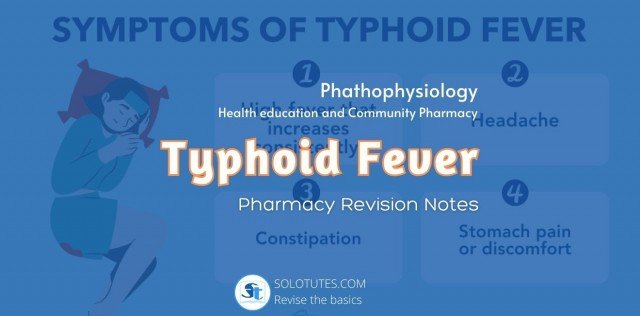Pathophysiology: In the gut, pathogenic Salmonella species are engulfed by phagocytic cells, passing through the mucosa to present themselves to macrophages in the lamina propria. Nontyphoidal salmonellae undergo phagocytosis in the distal ileum and colon, triggering a complex inflammatory response. Salmonella typhi utilizes a VI capsular antigen, masking pathogen-associated molecular patterns (PAMPs), thus avoiding neutrophil-based inflammation. This distinct characteristic may explain its higher infectivity compared to related strains. Typhoidal salmonella co-opts macrophages' cellular machinery for reproduction, navigating through various tissues until a critical density is reached, inducing macrophage apoptosis and spreading into the bloodstream.
Epidemiology: Typhoid fever primarily afflicts developing nations with poor sanitary conditions, prevalent in Asia, Africa, Latin America, the Caribbean, and Oceania. Bangladesh, China, India, Indonesia, Laos, Nepal, Pakistan, and Vietnam contribute to 80% of cases. Incidences reach approximately 21.6 million, causing an estimated 200,000 deaths annually. In the United States, most cases arise in international travelers, with varying incidence rates based on departure regions.
Symptoms and Complications: Symptoms typically manifest 1 to 2 weeks post-infection, causing a sustained high fever, extreme exhaustion, constipation, cough, headache, loss of appetite, stomach pains, and sore throat. Rarer symptoms may include bleeding from the rectum, delirium, and diarrhea.
Treatment: Typhoid fever is effectively treated with antibiotics to eliminate Salmonella bacteria. Before antibiotics, the fatality rate was 20%, often due to overwhelming infection, pneumonia, intestinal bleeding, or perforation. With appropriate antibiotic therapy, the mortality rate has reduced to 1%-2%, showing improvement within 1 to 2 days and full recovery within 7 to 10 days. Chloramphenicol, once the drug of choice, has been replaced by safer alternatives such as fluoroquinolones (Ciprofloxacin, Gatifloxacin, Ofloxacin) for nonpregnant patients and Ceftriaxone for pregnant individuals.
Prevention: Preventive measures are crucial in mitigating the spread of typhoid fever. Hygiene practices, such as thorough handwashing, and the consumption of safe water are paramount. Boiling or disinfecting water, peeling fruit and vegetable skins, avoiding risky foods, and refraining from street vendor consumables contribute to effective prevention strategies.
.png)
























.jpg)








 a quick overview on Nobel Prizes
a quick overview on Nobel Prizes